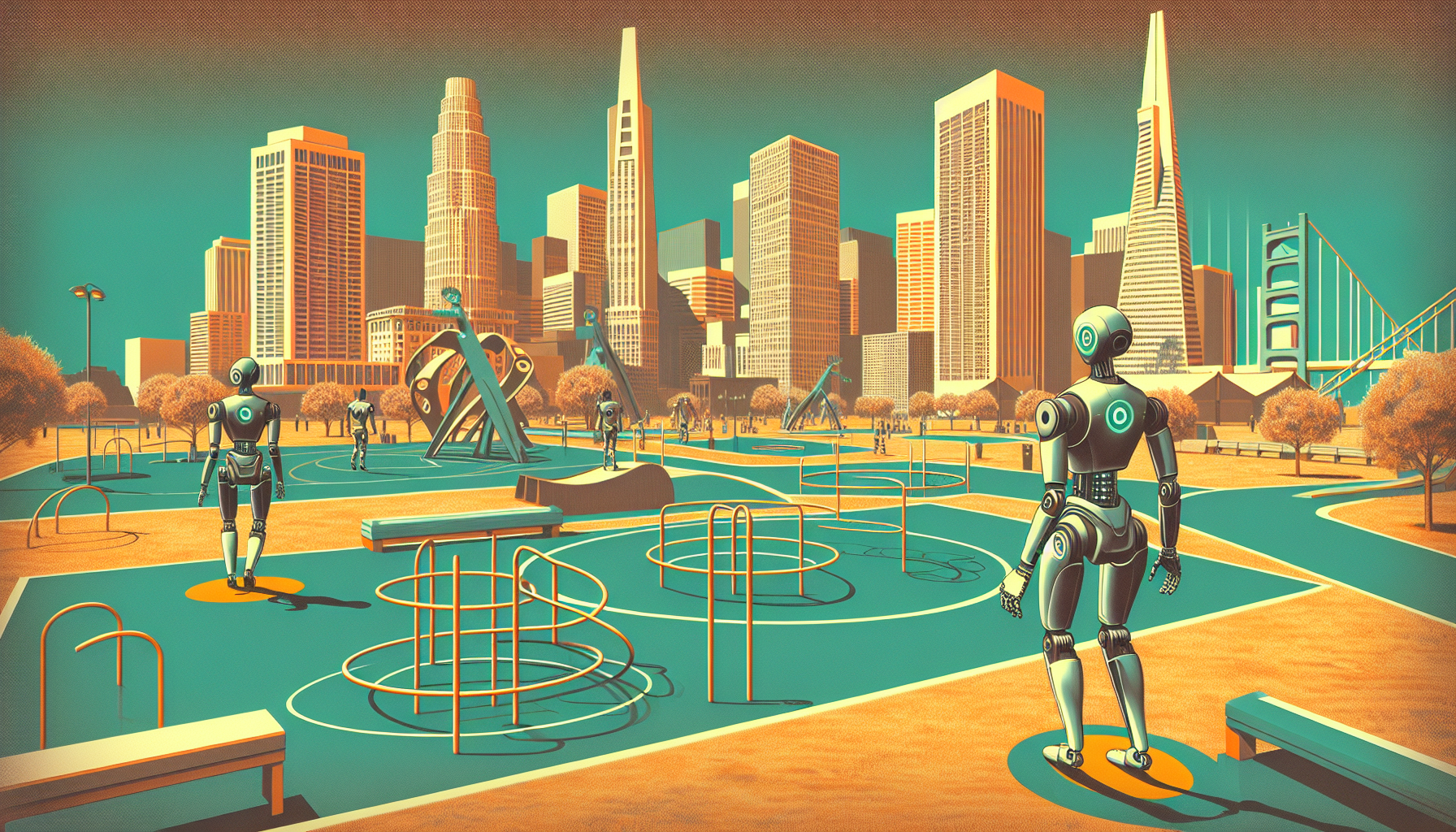Amazon is stepping into a new era of delivery with its ambitious project: testing humanoid robots powered by advanced artificial intelligence. Hidden in San Francisco is a specially built training ground, known as “humanoid park,” where Amazon’s robots are learning the art of navigating real-life obstacles before they set foot in neighborhoods across the world.
The Dream of Automated Delivery
Amazon’s vision is profound. The company envisions a near future where humanoid robots will join its delivery team, handling packages from warehouses all the way to customers’ doorsteps. These robots will not simply roll along the sidewalk—they will walk, climb, and react to the world around them, guided by powerful AI that helps them understand and adapt to complex environments.
Electric delivery vans, like those built by Rivian, will transport these robots to various destinations. From there, the robots will carefully carry packages the final distance, delivering them with precision and care.
Meet the Humanoid Robots
To make this vision reality, Amazon is testing several models of humanoid robots. One example is the Unitree G1, developed by China-based company Unitree and priced around $16,000. This agile robot is just one candidate in a diverse lineup.
Amazon’s journey with robotics is not new. The company has previously used robots like the Digit, designed by Agility Robotics, to move things around in its warehouses. But the new focus is on robots that look and move more like humans, with arms and legs, able to handle doorways, stairs, and even unexpected obstacles that a simple wheeled robot could not manage.
How This Could Change Delivery Forever
The arrival of humanoid delivery robots could deeply transform the logistics industry. By automating the delivery process, Amazon could streamline operations and reduce the need for human delivery workers. Orders could move more swiftly, efficiently, and perhaps even around the clock.
This new wave of automation is part of Amazon’s broader dream to harness autonomous technology. After exploring self-driving cars and robotic warehouses, humanoid robots seem like the next natural step.
Questions and Challenges
Alongside hope and excitement, real challenges remain. Delivering packages isn’t just about moving boxes from place to place; it means dealing with unpredictable weather, friendly or unfriendly pets, steep steps, and crowded sidewalks. The robots will need to be unfailingly safe and reliable, never causing harm as they work.
Public feeling is another key piece of the puzzle. People may need time to grow comfortable with robots walking their streets and delivering packages to their doors. Building trust will be as important as building hardware and software.
There are also bigger questions about work and society. As these robots take on tasks that humans do today, there will be changes in how people work, especially in delivery and logistics roles. Adapting to this shift will require thoughtful planning and new opportunities for those whose jobs may change or disappear.
The Road Ahead
Even with hurdles in its path, Amazon’s project carries great promise. If these robots succeed, they could lead the way for similar technology in other industries—from healthcare to hospitality—bringing the benefits and challenges of AI deeper into everyday life.
Amazon’s experiment at humanoid park is about more than just packages. It represents a step forward into a world where humans and machines work side-by-side—not in science fiction, but in the homes and cities where we live. The outcome is not certain, but the possibilities are inspiring and profound.

Leave a Reply